The Paul Bader Photography Interview:
Paul Bader Photography: His Photography Story.
*** Because WordPress will not allow the Audio Podcast to be embedded here (e.g., it keeps getting deleted after each “Save Draft”), you will need to go to this SPECIAL PAGE, to Start the Audio Podcast, AND THEN, you can see the photographs below. Sorry you have to jump around to get the audio interview started; but for now this is the only way I can do this operation. ***
PAUL BADER PHOTOGRAPHS:
BEHIND THE SCENES: The ‘Elbow Grease’ Behind Getting this Podcast and the Photos Published Here!
Paul Bader is my Great Uncle. He had a long career as a Professional Photographer, creating wonderful portrait and wedding photography. He was also an accomplished Pet Portrait Photographer, and I think seeing his Pet Portraits as a kid is where I developed an eye for creating my Cat Portraits. He is a longtime resident of Valentine, Nebraska, which is where he did much of his work as a Professional Photographer.
Currently, Paul is very active as a musician and singer. His music style is country, very ‘cowboy’ish’ and folksy. I hope I did justice in describing his music style. He and my cousin Rhonda, sing and play music together. In fact, the first part of this audio-cast is a song sung by Paul and Rhonda, and it is probably very familiar to many: “Summertime Blues,” by Eddie Cochran. The version I was most familiar with was by The Who. Paul and Rhonda have given this popular tune their own special twist and sound – they have ‘made it theirs‘ with this rendition.
I would say that Uncle Paul was probably my first influence in the world of Photography. Maybe I didn’t fully realize the good influence he was at the time, as a kid. At my late Grandmother’s house in Lincoln, I would always see, and be amazed at the photographs and portraits my Grandmother had on the walls in her home that Uncle Paul had taken. The seeds of Photography were probably planted in my brain because of being exposed to Uncle Paul’s Photography. And in addition, the freedom of artistic expression was reinforced by my late Grandmother, who loved to paint. Photography and Painting: What a wonderful combination!
The Process of Getting this “Project” Done:
This whole interview project has been in the-works for some time, and it took quite a bit of effort to put it together.
This project all started because I wanted to document my Great Uncle’s Photography Career. And, being an avid listener of the Brooks Jensen Podcasts (Founder of LensWork Magazine), I learned from one of Brooks’ podcast episodes about the merits of capturing peoples’ stories with audio recording. So, thank you Brooks, for the idea.
Keep in mind, the distance between Penang and Valentine is around 9,100 miles, and a lot of the work on this project was done by regular post…
What's that? You know...stamps, envelopes, etc.
Let’s see, where was I…
Oh yes…I drafted a number of interview questions regarding Paul’s photography career for which I was curious about. I sent the questions by email to my Mom, who forwarded the questions to Uncle Paul. Uncle Paul recorded his answers to my questions on audio cassette tape. A set of tapes were mailed to my Mom, and she made tape-to-tape copies.
After she was done making copy-tapes, she mailed the cassette tapes to me…the copy-tapes. Unfortunately, the quality of the audio is instantly reduced at the copy level. However, no worries, we can deal with that.
When I received the cassettes, I had the next level of copying technology to deal with: Grabbing the audio from the analog cassette tapes and transferring that audio to some kind of digital format.
Thus, I bought a Panasonic cassette recorder/player, and also an analog-to-digital cable: One plug of the cable goes into the Panasonic Player’s earphone jack and the other plug goes into the computer’s microphone jack.
I used Audacity Software to make the first recording.
The resulting file was HUGE: The saved interview digital file was in the 160MB range. The new digital file was TOO BIG for a Podcast style file.
I originally wanted to create an mpeg4 movie showing Uncle Paul’s photographs and running the audio interview at the same time, and that was not working well either, because the mpeg4 file size ended up being 260MB.
My luck was getting worse with each rendition of the interview.
I had to put the project on hold for a while to think out the problems I was facing. I wouldn’t be able to do the mpeg4 movie, that fact was clear. So, after a couple, maybe three weeks or more, I came back to the project to reconsider other options.
One other audio issue I had to work with was that the sound/quality level of the song is different than the interview file, and two files make up this single Podcast file. This is due to my novice-talent working with audio files. But it was a problem I had to deal with. I attempted to ‘amplify ‘the song part of the file, just a little (by 1.7 dB), and I think it raised the song volume as I anticipated it would. The interview part has better sound volume, so that is why the song needed the boost.
Besides the audio portion of this project, there is also the photographs portion. I needed to get photograph samples from Uncle Paul to make the project complete.
Uncle Paul and my cousin Tim worked on taking digital photos of the originals prints, and this, I know, can be a challenging task. When the digital shots of the original prints were completed, the digital files were sent to me by email.
To bring back some of the luster to the photographs, I worked on several of the photographs using my preferred software program for editing, Paint Shop Pro.
Therefore, the images seen in this blog entry were minimally edited: I adjusted the Histogram Levels, a bit of adjustment in the Contrast, and I used the Clarify Tool adjustment to give some punch to the edited photographs. I wanted to revive the prints without changing the interpretation too much. My goal was to bring out the rich black, and to boost the mid and high tones in the photographs. I hope my recent digital adjustments come close to the original prints looks from when they were first created in the darkroom.
BACK TO THE AUDIO PART:
Now…
If you use GOM Player or some other audio playing software with Equalizer Options, then move the 6K and 3K levels way up and that brings out the voice more clearly. Move the 12K, 16K and 24K levels down near midway, to reduce high level noise. Sorry for the need to adjust levels, but I’m not an audio expert – I’m just doing the best I can with the know-how I have on audio.
It took quite a little fiddling around, but I finally got the audio file to the size of 34MB (roughly), and I’m not messing with it any more.
The FINAL step before putting this Blog Entry together was finding an archive site online where I could upload my audio podcast file for eternity. I did this at a site called, ourmedia.org.
In this audio interview, Paul discusses some important aspects of his career, the learning process of being a Photographer, and the challenges he faced living a ‘Photographic Life.’
Main Interview Topics:
- Early Artistic Endeavors – Commercial Art.
- Early Photography Training with Hattie Joy.
- Drafted into the Service (Marine Corp.) & Photography.
- 1952 Married Life and Farming in Kansas – Back into Photography.
- First Studio in an Abandoned Cream Station.
- Work in North Platte for Photographer, Earl Herana: Learned how to be efficient – Every movement counted.
- Worked in Grand Island for another studio doing mainly darkroom print work.
- Photographing babies.
- Photographing Portraits, Senior School Photos and Weddings.
- Using the 8 x 10 Camera with Flash Bulbs!
- Changed to Speedgraphic 4 x 5 Camera.
- Conversion to Roll Film and Strobe Lighting for Speed.
- Lots of Wedding Work, PLUS, Selling Vacuum Cleaners!
- Winning Prizes for Photography.
- Pet Photography and “Tricks” to Get Good Shots.
- Getting burned out a little on Photography – Trying Life Insurance Sales.
- Purchase studio in Valentine, Nebraska.
- Push into Color Photography and Experimental Techniques (Double Exposures).
- Studio Fire Story.
- 1987, decided to sell the studio.
- Advice for Photographers: It’s not a 9-to-5 Job! Give it your all!
- Spends time now making and playing music.
I hope you enjoyed seeing the family photos of Paul Bader (and Brothers); as well as, seeing some of his prize-winning photography; and hearing his music & his story about being a Professional Photographer.
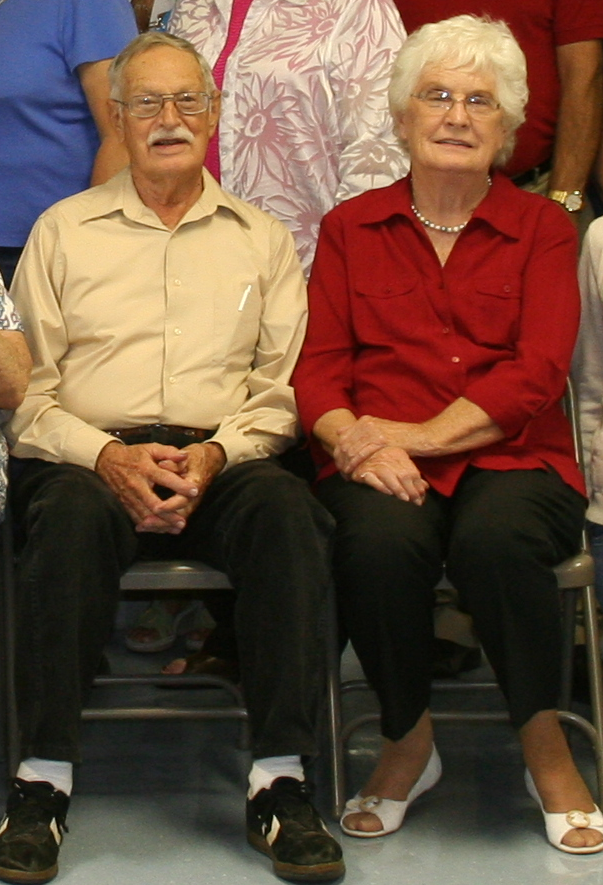
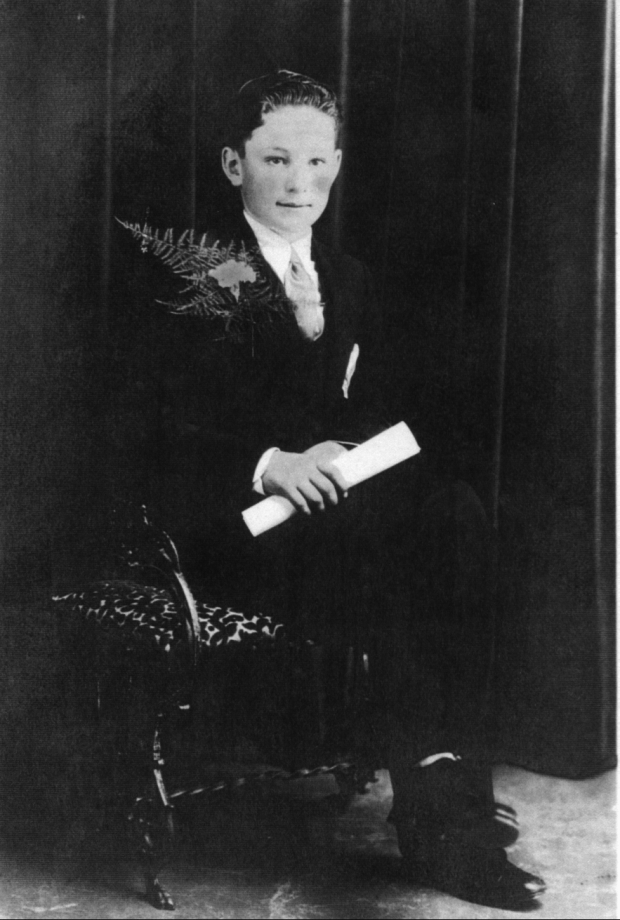
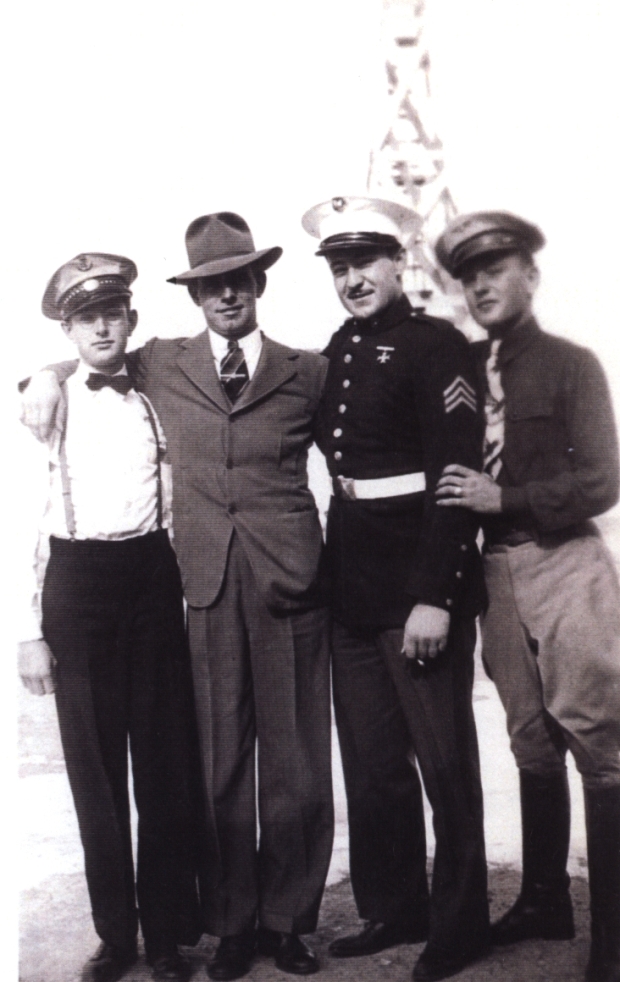
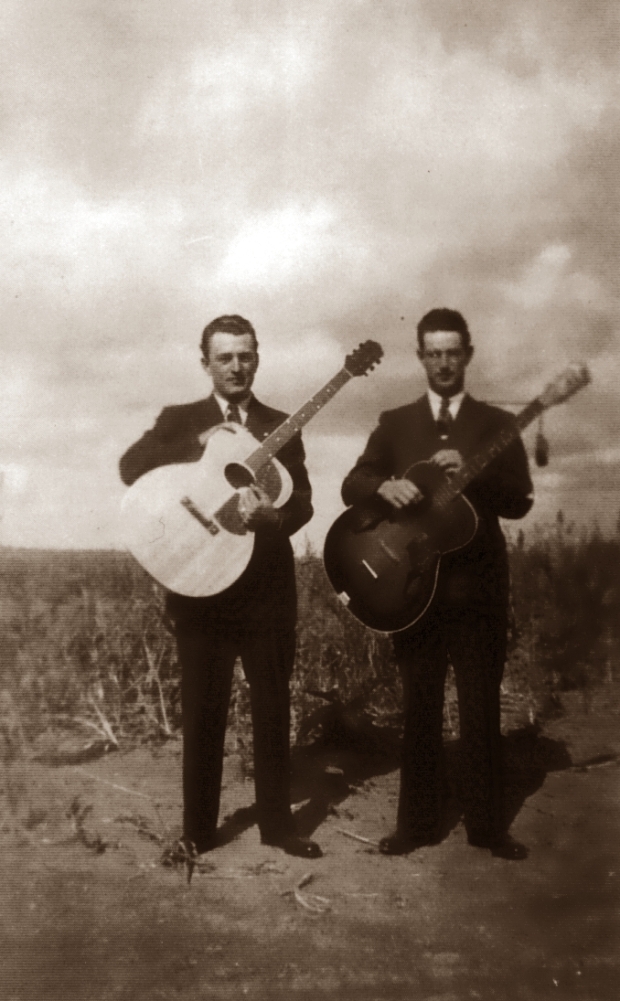
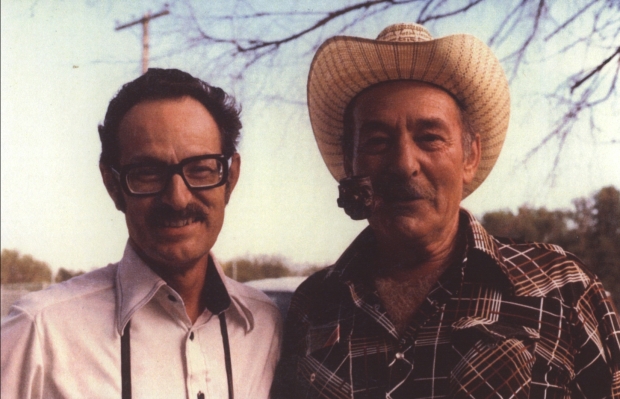

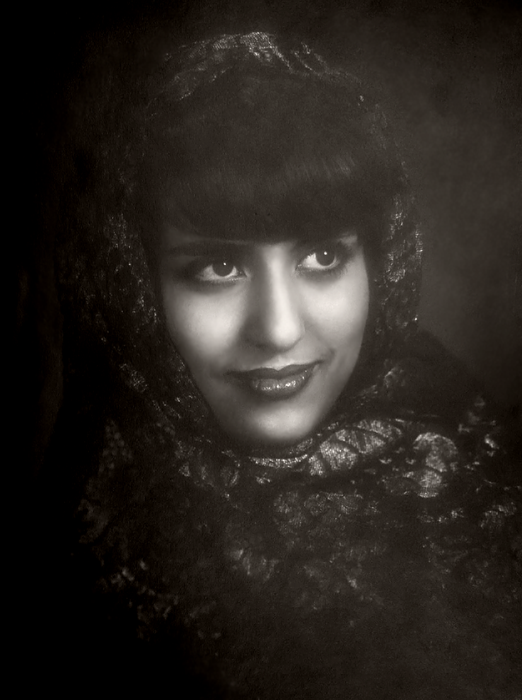
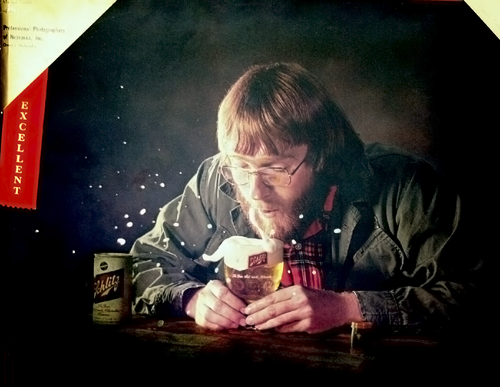
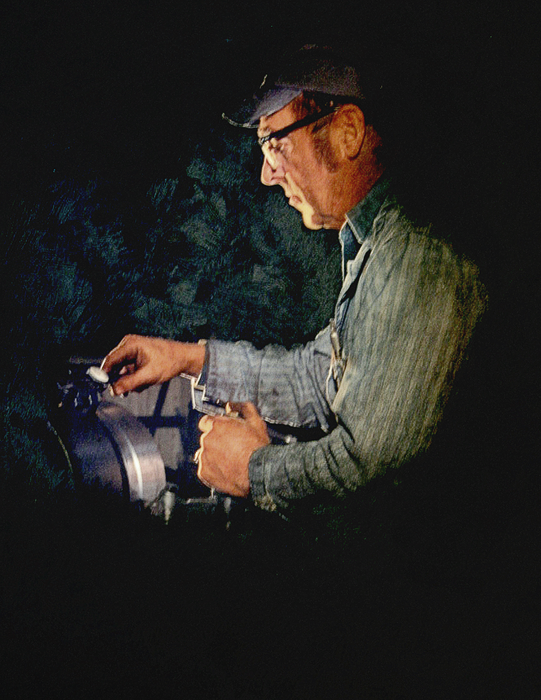
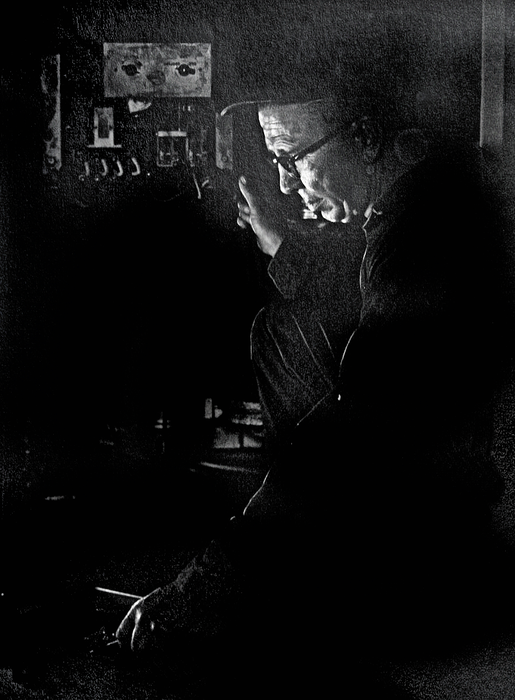
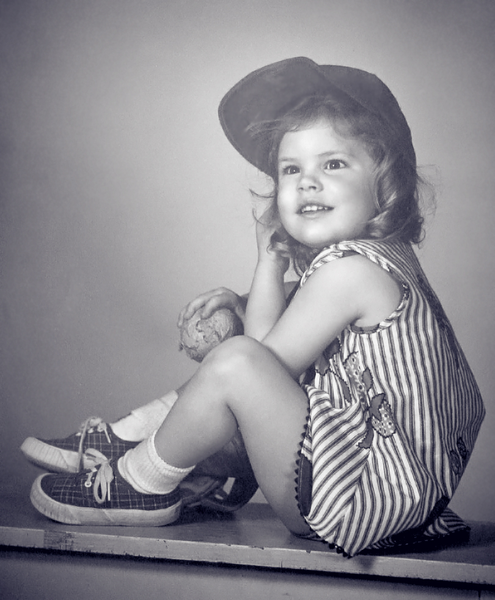

You must be logged in to post a comment.